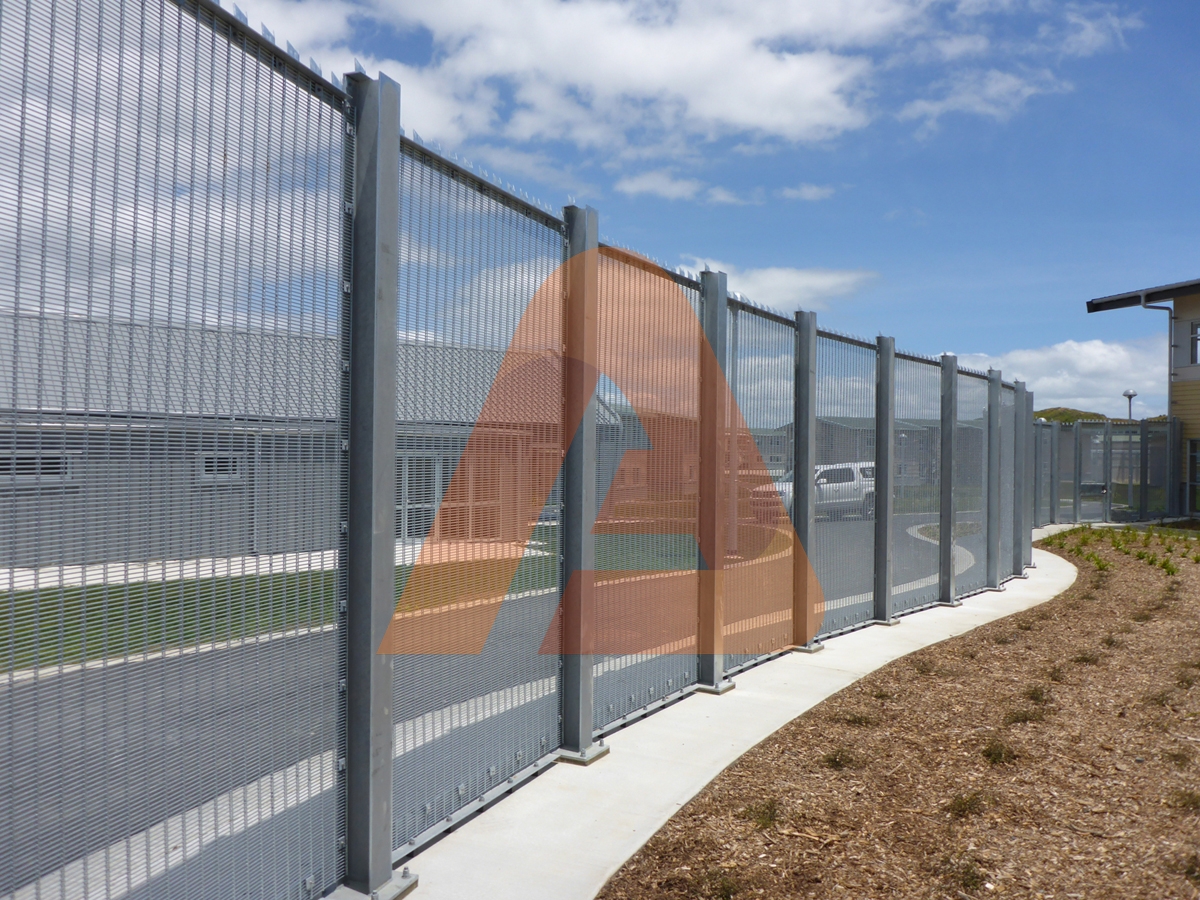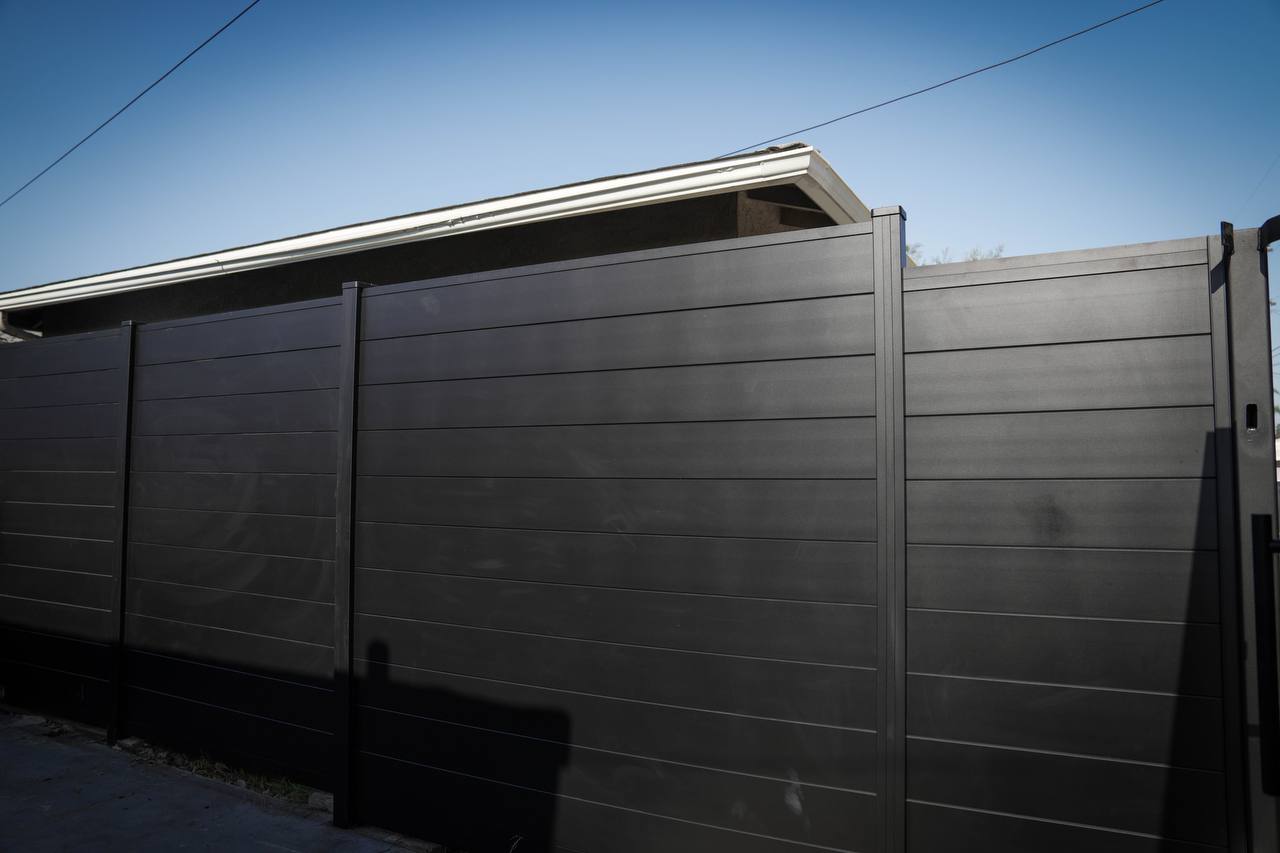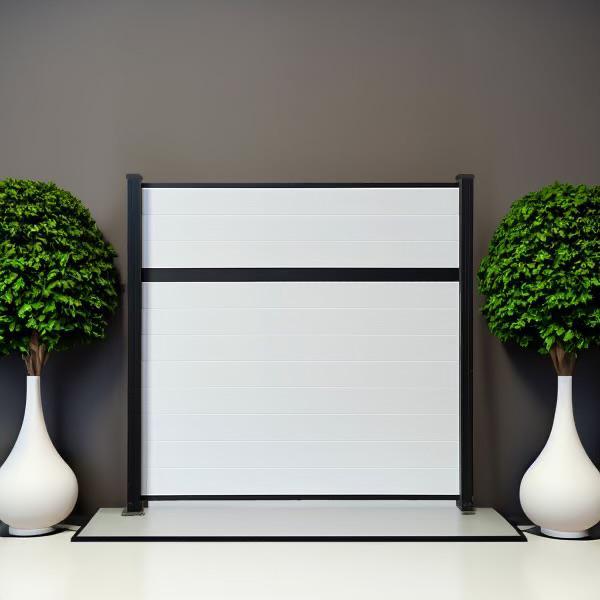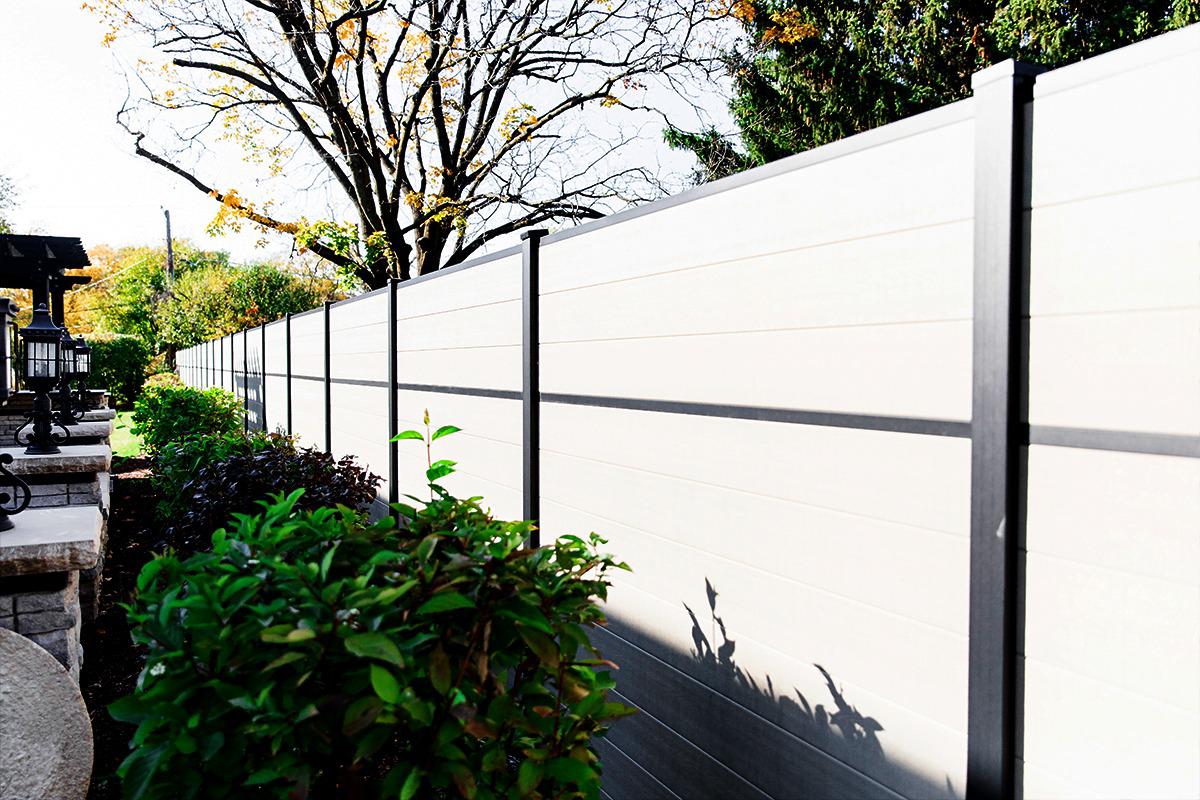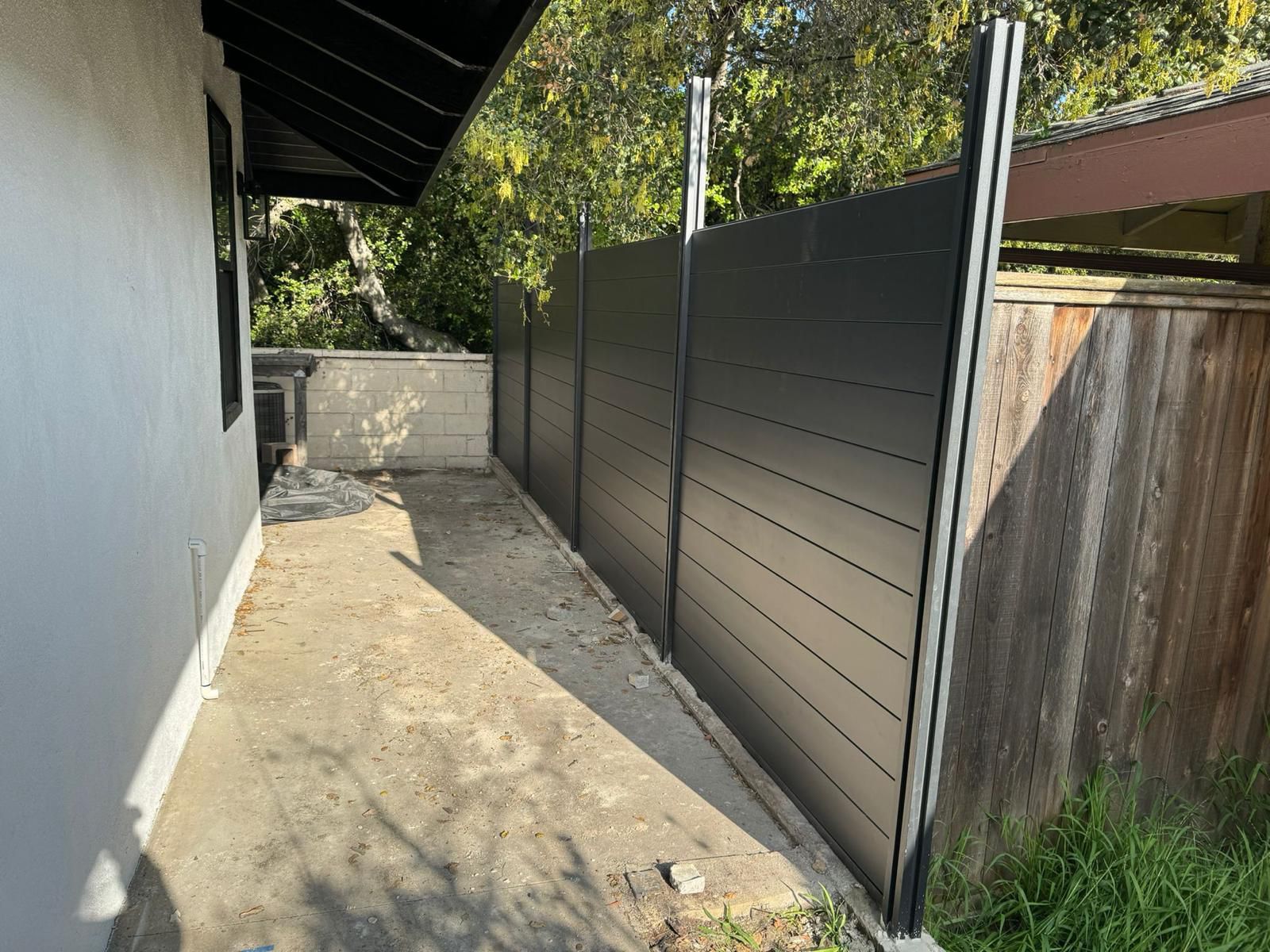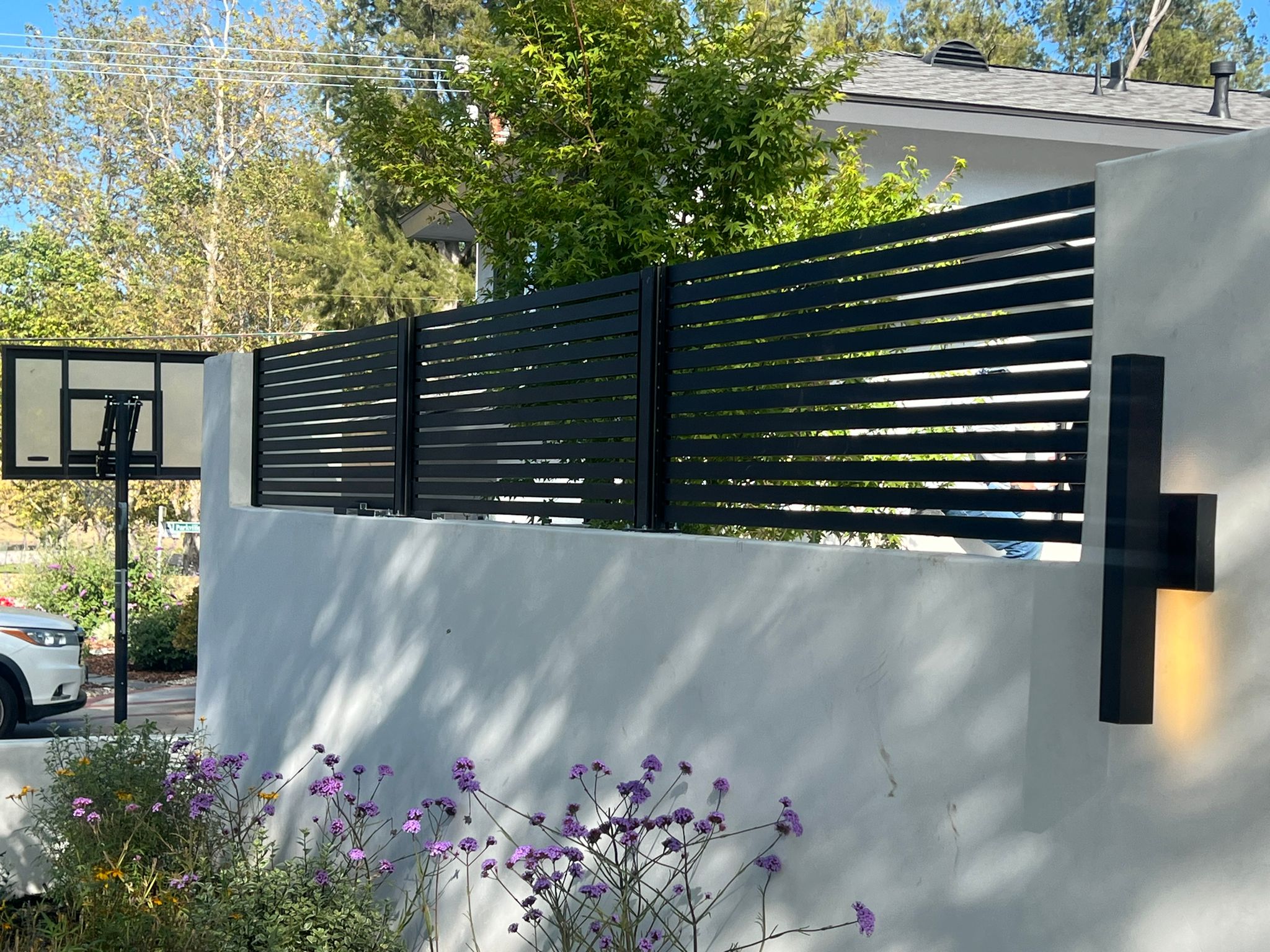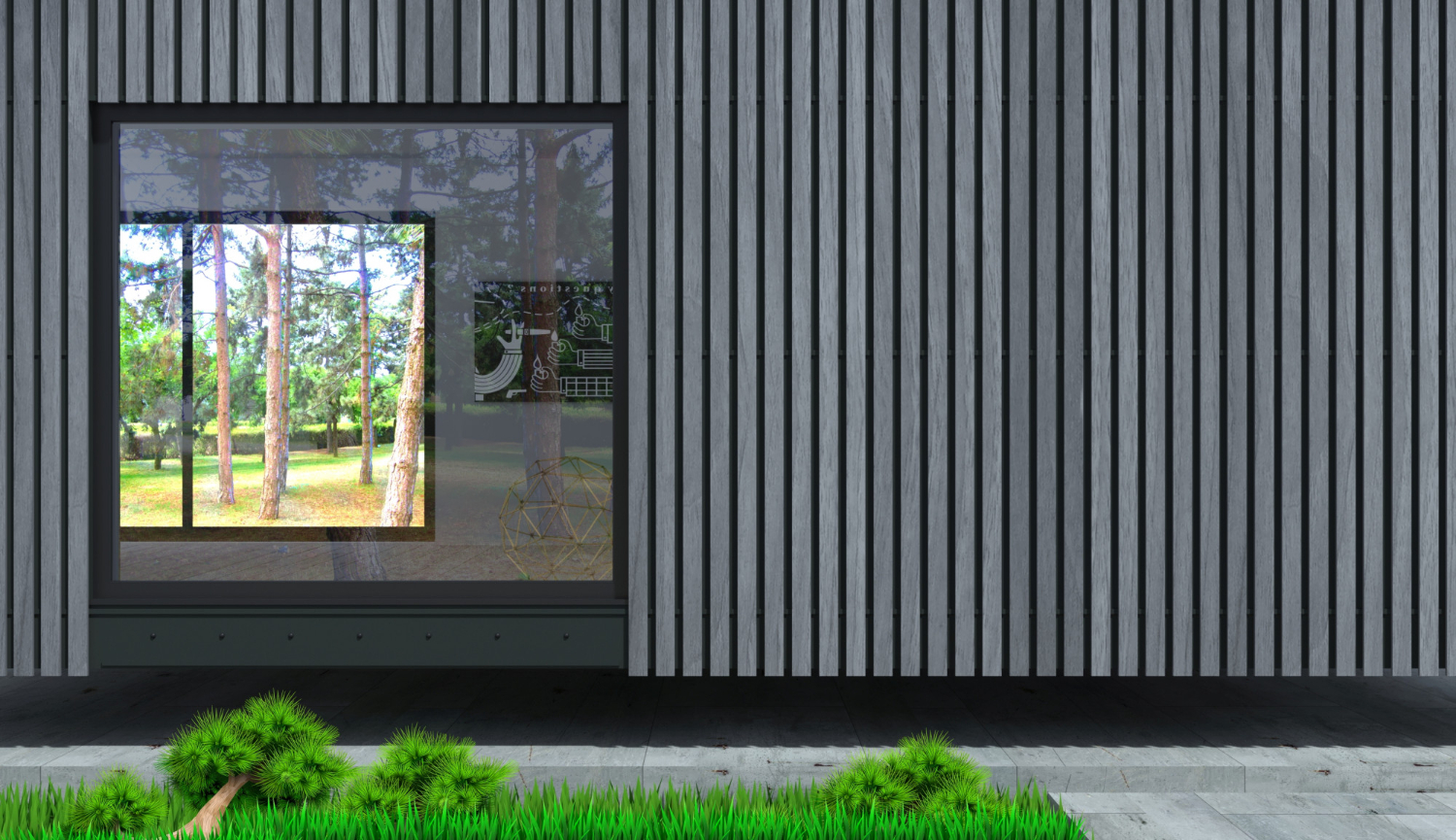
Aluminum Cladding vs. Siding: Comparing Benefits for Your Home
- By Admin
- Posted on
When choosing an exterior finish, the decision often comes down to cladding vs siding. Both protect your home and enhance curb appeal, but they differ in materials, performance, cost, and maintenance needs. Understanding these differences will help you choose the best option for your climate, style preferences, and budget.
Comparison: Aluminum Cladding vs Siding
| Feature | Aluminum Cladding | Siding |
|---|---|---|
| Durability | High, corrosion-resistant | Varies by material |
| Design Options | Modern, customizable | Traditional styles |
| Maintenance | Low | Medium to high |
| Eco-Friendly | 100% Recyclable | Depends on material |
| Cost | Higher upfront, lower long-term | Lower upfront, varies long-term |
Cladding vs Siding Durability and Resistance
When it comes to choosing the right material for your home’s exterior, durability and resistance to environmental factors are crucial. These qualities ensure that your investment not only enhances your home’s curb appeal but also stands the test of time. Two of the most common materials—aluminum cladding and siding—offer different benefits depending on your needs and climate.
Aluminum Cladding
Aluminum cladding offers exceptional durability and resistance to corrosion, decay, UV exposure, and extreme temperatures. It requires no painting and maintains its original appearance for decades.
Siding
Siding durability depends on the material:
- Vinyl siding is prone to fading and cracking over time, especially in extreme temperatures.
- Wood siding requires regular painting and treatment for decay and insects.
- Fiber cement siding is more durable but may be susceptible to chipping and cracking.
- Composite cladding siding offers a balanced combination of durability and aesthetics, often made from a mix of wood fibers and plastic, providing strength and long-lasting performance.
- Vinyl siding is prone to fading and cracking over time, especially in extreme temperatures.
Design Differences – Aluminum Cladding vs Siding
The aesthetic appeal of your home’s exterior is one of the primary factors in selecting the right cladding or siding material. Both aluminum cladding and siding offer unique benefits, and understanding the design possibilities of each will help you achieve the desired look for your property. While both materials are versatile, aluminum cladding often stands out when it comes to creating a modern and stylish facade that enhances your home’s overall appearance.
Aluminum Cladding
Aluminum cladding offers a wide range of colors, textures, and styles, including wood, stone, brick, and more. Aluminum panels can be perforated, engraved, or have a unique design, allowing for an individual and stylish facade.
Siding
Siding is available in various colors and styles but may offer fewer design options compared to aluminum panels. In particular, clapboard siding houses are popular for their traditional and charming look.
Installation and Maintenance: Siding vs Cladding
When selecting cladding or siding, the ease of installation and maintenance is a crucial factor. Both aluminum cladding and siding offer distinct advantages when it comes to how quickly they can be installed and how much upkeep they require over time. Understanding the installation process and long-term care will ensure that your investment remains hassle-free and cost-effective for years to come.
Aluminum Cladding
Aluminum cladding is lightweight and easy to install, reducing installation time and costs. It requires minimal maintenance, needing only periodic cleaning with water.
Siding
Siding installation may be more complex and require special tools. Vinyl and fiber cement siding are relatively low maintenance, but wood siding requires regular painting and treatment. Composite cladding siding, while heavier, also reduces maintenance needs and is easy to install.
Cost Comparison – Siding vs Aluminum Cladding
When choosing between cladding and siding, one of the most important factors to consider is the cost. Different materials come with varying price tags depending on the type, durability, and long-term maintenance needs. The initial investment and ongoing costs are key to making an informed decision for your home’s exterior. Let’s explore the cost dynamics of aluminum cladding compared to other siding options.
Aluminum Cladding
The initial cost of aluminum cladding can be higher compared to traditional siding options. However, this upfront investment is balanced by the material’s exceptional durability and long lifespan. Aluminum cladding requires minimal maintenance, which reduces ongoing costs associated with repairs or replacements. Over time, aluminum’s resistance to weathering, corrosion, and fading ensures that the cladding will maintain its aesthetic appeal without the need for frequent upkeep, making it a cost-effective solution in the long run.
Siding
The cost of siding varies greatly depending on the material chosen. Vinyl siding is the most affordable option, making it an attractive choice for budget-conscious homeowners. However, its shorter lifespan and vulnerability to weather damage can lead to higher long-term costs. Composite cladding siding, on the other hand, may have a slightly higher initial cost but provides better long-term value due to its increased durability and reduced maintenance needs. Whether you’re looking for an affordable short-term solution or a long-term investment, the material choice will impact the overall cost-effectiveness of your project.
Environmental Impact: Cladding vs Siding Options
When considering the environmental impact of different cladding materials, it is important to assess not only their production and disposal but also their sustainability throughout their lifecycle.
Aluminum Cladding
Aluminum cladding is a highly recyclable material, making it an environmentally friendly choice for homeowners looking to reduce their ecological footprint. Unlike many other materials, aluminum can be recycled indefinitely without losing its integrity or quality. This reduces the demand for new raw materials and cuts down on waste. Additionally, aluminum cladding offers long-term durability, meaning less frequent replacement and disposal, further minimizing its environmental impact over time.
Siding
The environmental impact of siding depends on the material used. Vinyl siding, while affordable, is not biodegradable and can be challenging to recycle, leading to waste buildup. Wood siding, although a renewable resource, requires chemical treatments to resist decay, which can have harmful effects on the environment. Composite cladding siding, often made from recycled materials, is a more eco-friendly choice than vinyl, offering better sustainability without compromising on durability or appearance. This makes composite siding a great alternative for homeowners aiming for a balance between aesthetics and environmental responsibility.
In Conclusion
The choice between aluminum cladding and siding depends on your priorities and budget. If you’re looking for a durable, stylish, and environmentally friendly solution that requires minimal maintenance, aluminum cladding is the ideal choice. However, if you’re looking for a more traditional aesthetic, especially with clapboard siding houses, or seeking a more affordable option, siding may be your best bet. Composite cladding siding is also a great middle ground, offering durability and a range of design options.
FAQs
What is the difference between cladding and siding?
Cladding is a broader term for protective wall coverings and is often made from durable materials like aluminum or composite. Siding generally refers to more traditional materials like vinyl or wood. Cladding is popular in modern and commercial projects, while siding is common in residential builds.
Is aluminum cladding better than vinyl siding?
For longevity, weather resistance, and low maintenance, aluminum cladding outperforms vinyl siding. Vinyl is cheaper initially but can crack or fade faster, especially in harsh climates.
Can aluminum cladding be used instead of siding?
Absolutely. Aluminum cladding is a premium alternative to siding, offering a more modern aesthetic and longer lifespan with lower upkeep.
What lasts longer – siding or aluminum cladding?
Aluminum cladding generally lasts longer than traditional siding materials like vinyl or wood, thanks to its resistance to rust, insects, and UV damage.
Is aluminum siding good for fences?
Yes. Aluminum siding or cladding panels can be used for fences, especially for a modern, rust-proof, and low-maintenance solution. They offer excellent weather resistance, long-term durability, and a sleek appearance that complements both residential and commercial properties. Aluminum fence panels are also lightweight, easy to install, and available in various finishes, including woodgrain textures and contemporary colors.


